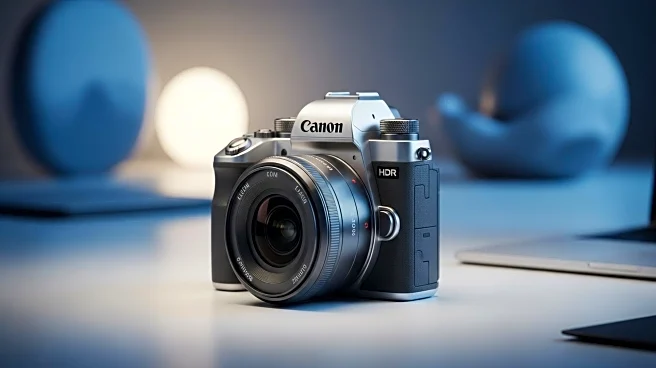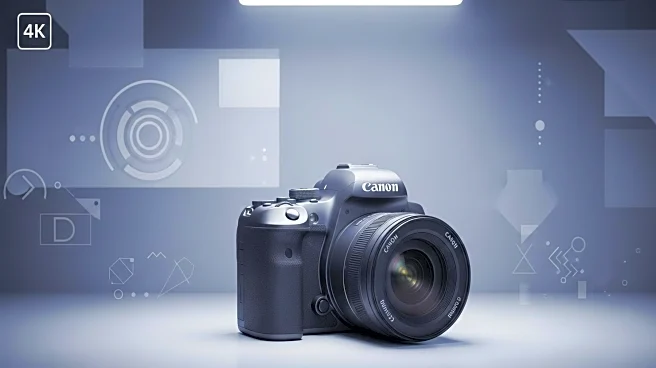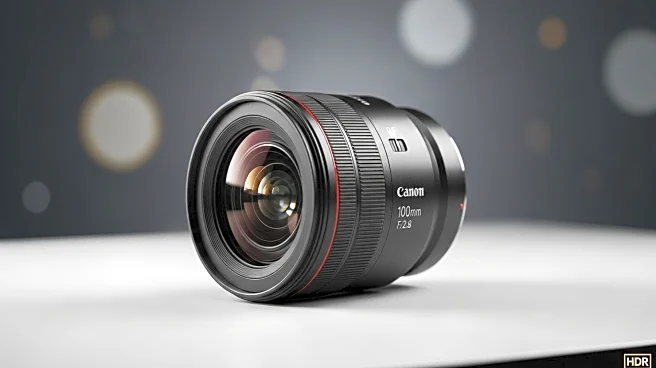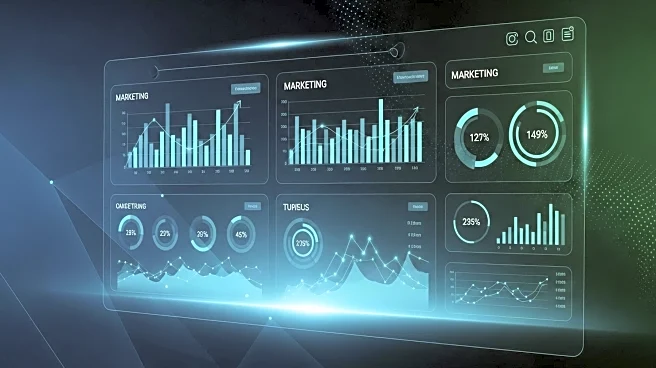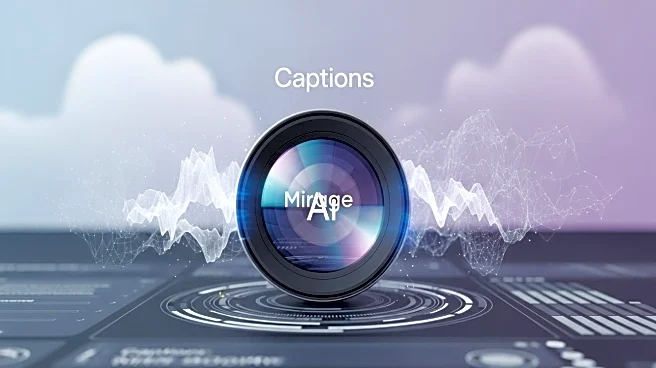Digital photography has revolutionized the way we capture and process images. Unlike traditional film photography, digital photography allows for immediate image review and faster
workflows. This is largely due to the use of electronic sensors that capture images, which can be instantly viewed and deleted if necessary. The resolution of digital images is measured in megapixels, calculated by multiplying the width and height in pixels. For instance, an image with dimensions of 1600 x 1200 pixels contains 1.92 megapixels. This immediacy and flexibility make digital photography a preferred choice for many photographers, enabling them to assess lighting and composition on the spot, ultimately conserving storage space.
Digital photography offers several advantages over traditional film photography. One of the most significant benefits is the speed
at which images can be ingested and processed. Transferring a high-resolution RAW file from a memory card takes only a few seconds, whereas scanning film with a high-quality scanner can take several minutes. Additionally, digital photography provides more versatile management, manipulation, and printing tools compared to conventional film processes. However, batch processing of RAW files can be time-consuming, even on fast computers.
Another key aspect of digital photography is the use of flash, which can dramatically alter the lighting and appearance of an image. Flash can be used to highlight certain elements or create a specific mood within a
photograph. The ability to immediately review and delete images allows photographers to experiment with different lighting setups and compositions without worrying about wasting film.
The number of
pixels in a digital image is a crucial factor in determining its resolution. For example, an image with dimensions of 1600 x 1200 pixels has a total of 1,920,000 pixels, or 1.92 megapixels. Higher resolution images contain more pixels, resulting in greater detail and clarity. This is particularly important for professional photographers who require high-quality images for printing or publication.
Overall, digital photography
has transformed the way we capture and share images. Its immediacy, flexibility, and high resolution make it an invaluable tool for both amateur and professional photographers alike.
For the benefit
of users - Parts of this article may include content generated using AI tools. Our teams are making active and commercially reasonable efforts to moderate all AI generated content. Our moderation processes are improving however our processes are carried out on a best-effort basis and may not be exhaustive in nature. We encourage our users to consume the content judiciously and rely on their own research for accuracy of facts. We maintain that all AI generated content on our platform is for entertainment purposes only. To know more about how we use AI, you can write to us at support_spaces@glance.com
